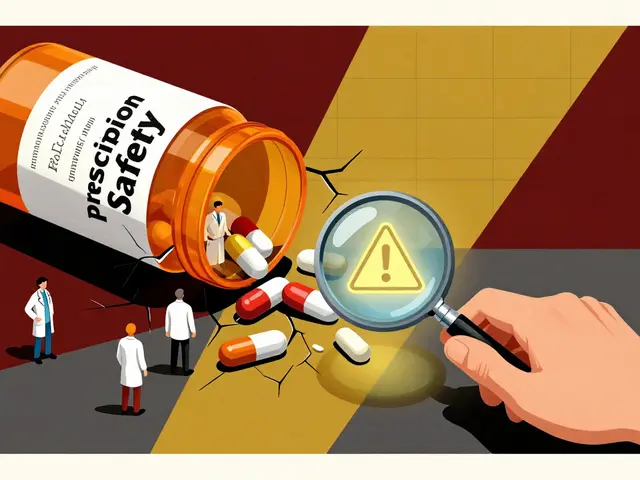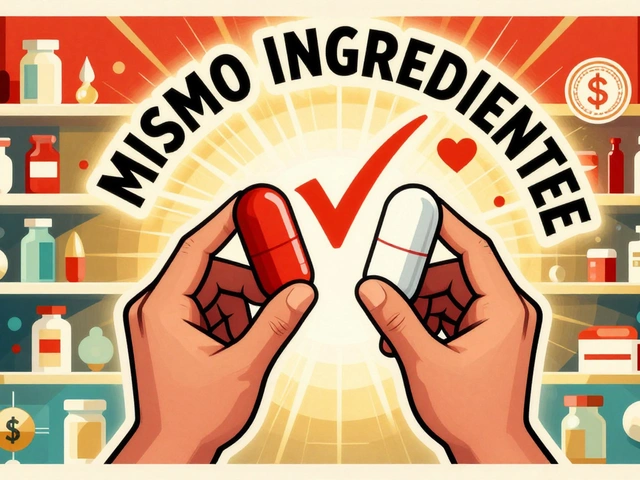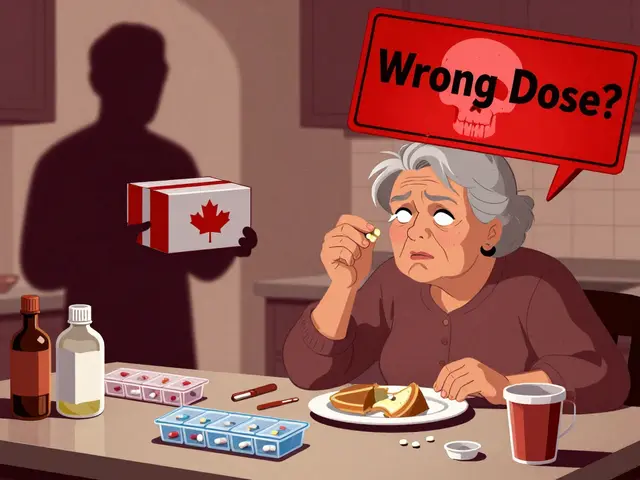Online Pharmacy Azithromycin: Safe Buying Guide & Alternatives
When you need azithromycin, a broad-spectrum antibiotic used for bacterial infections like pneumonia, bronchitis, and STIs. Also known as Zithromax, it’s one of the most prescribed antibiotics worldwide because it’s taken in short courses and works well for many common infections. But buying it from an online pharmacy isn’t as simple as clicking ‘buy now.’ Many sites sell fake, expired, or wrong-dose versions that can make you sicker—or worse. The online pharmacy azithromycin market is full of risks, but with the right info, you can get real medicine safely.
Not all antibiotics are the same. Azithromycin is a macrolide, which means it works differently than penicillin or ciprofloxacin. If you’ve tried other antibiotics and they didn’t work—or gave you bad side effects—azithromycin might be your next option. But it’s not always the best choice. For example, if you have a sinus infection, doxycycline or amoxicillin might work faster. If you’re allergic to penicillin, azithromycin is often the go-to. But if you’re over 60 or have heart issues, your doctor might avoid it because of rare but serious rhythm problems. That’s why knowing your options matters. generic azithromycin, the same active ingredient as brand-name Zithromax but at a fraction of the cost is widely available, but only from licensed pharmacies. And buy antibiotics online, a practice that’s legal in some countries with a prescription—but illegal and dangerous without one.
You’ll find dozens of sites claiming to sell cheap azithromycin with no prescription. Skip them. Real online pharmacies require a valid prescription, show a physical address, and have a licensed pharmacist on staff. Check if they’re verified by the National Association of Boards of Pharmacy (NABP) or similar bodies in your country. Look for sites that let you upload a prescription or connect you with a telehealth provider. Avoid sites that offer ‘instant approval’ or sell it alongside erectile dysfunction pills or weight loss drugs—that’s a red flag. The same goes for pills that look different from what your local pharmacy gives you. Counterfeit azithromycin often contains chalk, sugar, or worse. One study found over 80% of fake antibiotics sold online had no active ingredient at all.
What about alternatives? If azithromycin isn’t right for you, there are other options. Roxithromycin, another macrolide similar to azithromycin but with a longer half-life might be used in Europe for respiratory infections. clarithromycin, a close cousin of azithromycin, often used for H. pylori and sinus infections is another choice. For people who can’t take macrolides, doxycycline, a tetracycline antibiotic effective for acne, Lyme disease, and some chest infections is often a solid alternative. But none of these should be taken without medical advice. Antibiotic misuse leads to resistance—and we’re already in a global crisis because of it.
Below, you’ll find real comparisons and guides from people who’ve been there—how to spot a fake pharmacy, what doses to expect, how azithromycin stacks up against other antibiotics, and what to do if you’ve already bought something suspicious. No fluff. Just what you need to stay safe and get the right treatment.






